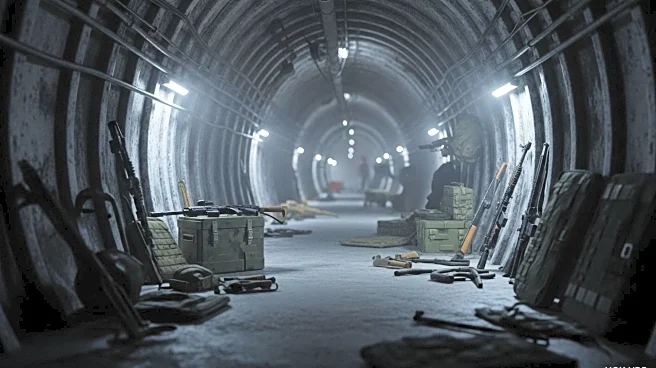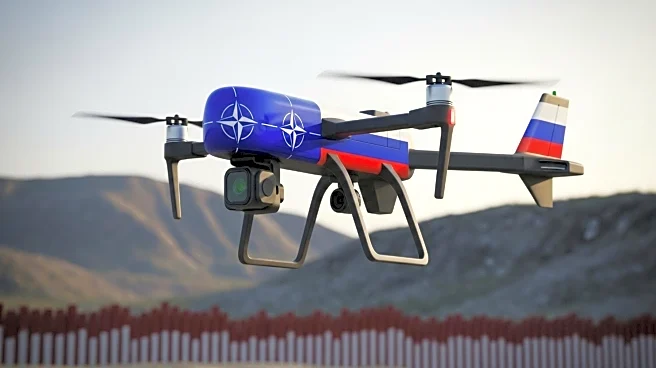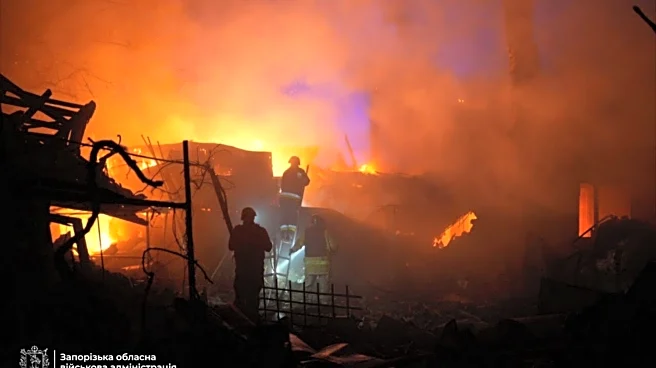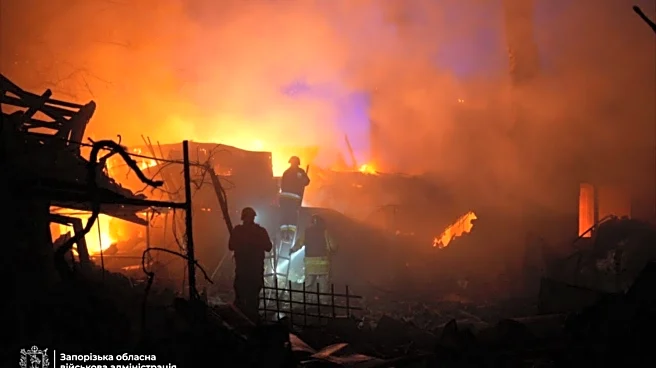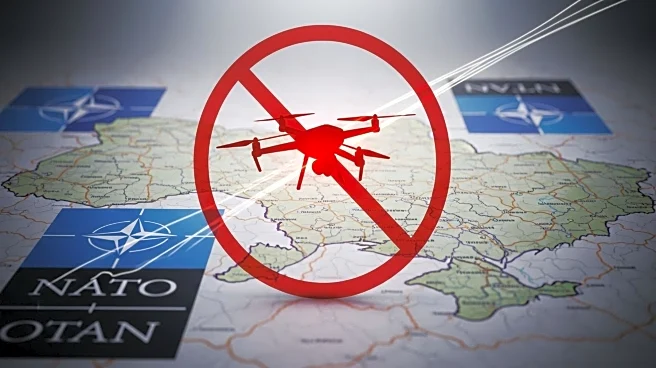What's Happening?
Russian forces have executed a subterranean ambush using an underground pipeline near Kupyansk, Ukraine. The operation involved Russian soldiers moving through the pipeline network using carts and electric scooters, covering approximately 13 kilometers under the Oskil River. Ukrainian officials initially denied the reports but later confirmed the operation, stating that the pipeline was destroyed and flooded, and several Russian soldiers were captured. The operation highlights the strategic use of Soviet-era infrastructure by Russian military engineers, who likely possess detailed maps of the pipeline system. Despite Ukrainian efforts to thwart the ambush, Russian forces have reportedly advanced to Kupyansk's northern outskirts.
Why It's Important?
This development underscores the ongoing strategic maneuvers in the Ukraine conflict, with Russian forces demonstrating innovative tactics to gain territorial advantage. The use of subterranean routes poses a significant challenge to Ukrainian defenses, potentially altering the dynamics of control in the Kharkiv region. The operation's success or failure could impact the morale and strategic planning of both Ukrainian and Russian forces. Additionally, the incident highlights the importance of infrastructure knowledge in modern warfare, as well as the potential vulnerabilities in relying on historical systems for defense.
What's Next?
Ukrainian forces may need to reassess their defensive strategies, particularly concerning the protection of critical infrastructure like pipelines. Further Russian advances could lead to intensified military engagements in the region, prompting international attention and potential diplomatic interventions. Ukrainian military officials might increase surveillance and fortification efforts to prevent similar incursions. The situation could also influence broader geopolitical dynamics, affecting international support and aid to Ukraine.
Beyond the Headlines
The use of pipelines for military operations raises ethical and legal questions about the exploitation of civilian infrastructure in warfare. It also reflects a shift towards unconventional tactics in modern conflicts, which could lead to long-term changes in military strategy and defense planning. The incident may prompt discussions on the security of infrastructure in conflict zones and the need for international regulations to prevent such uses.

